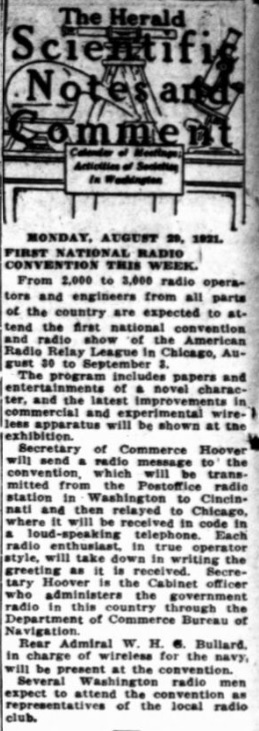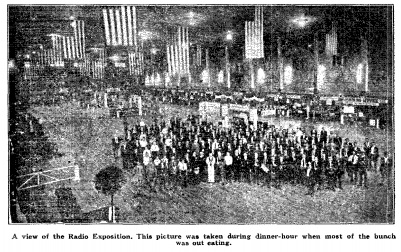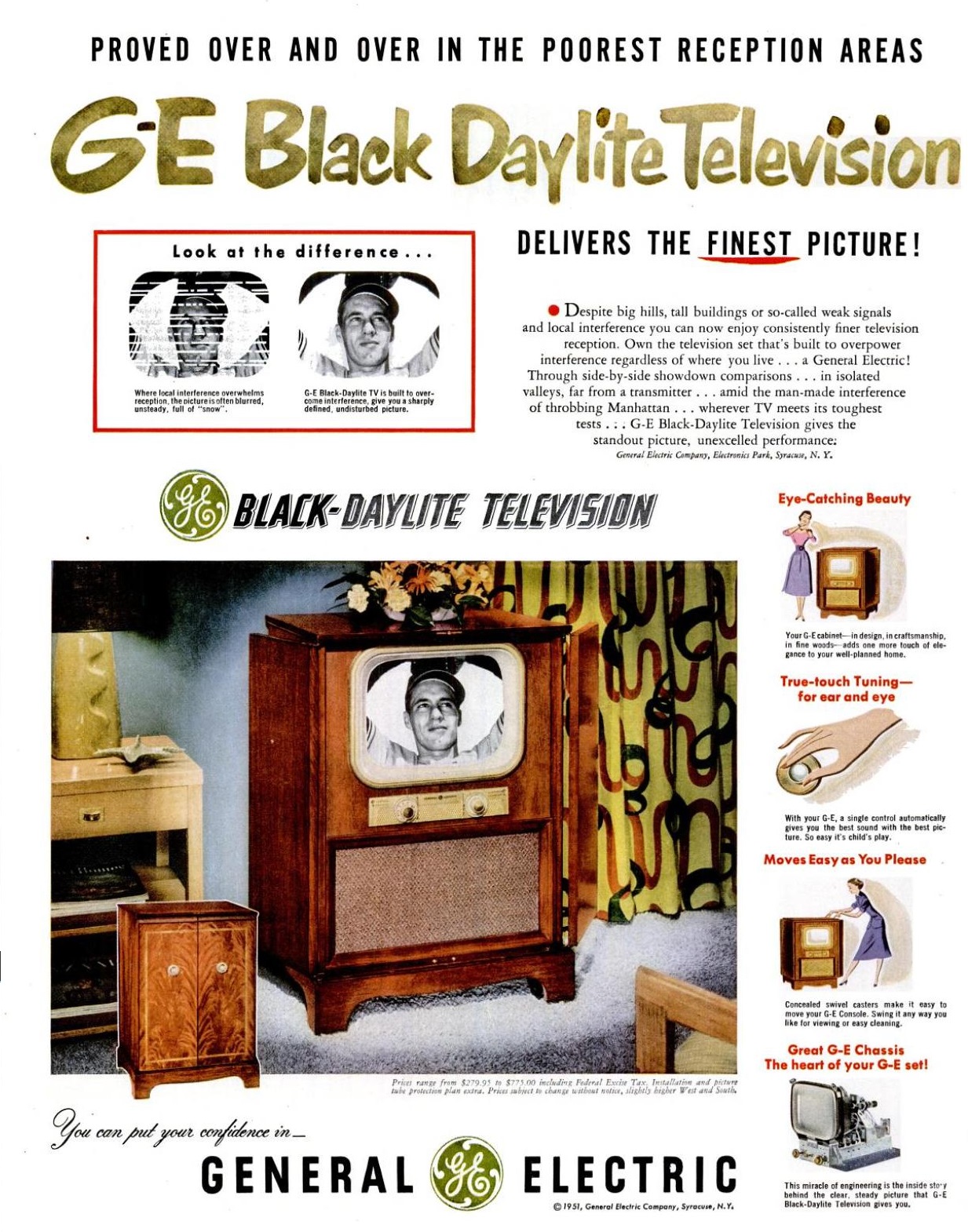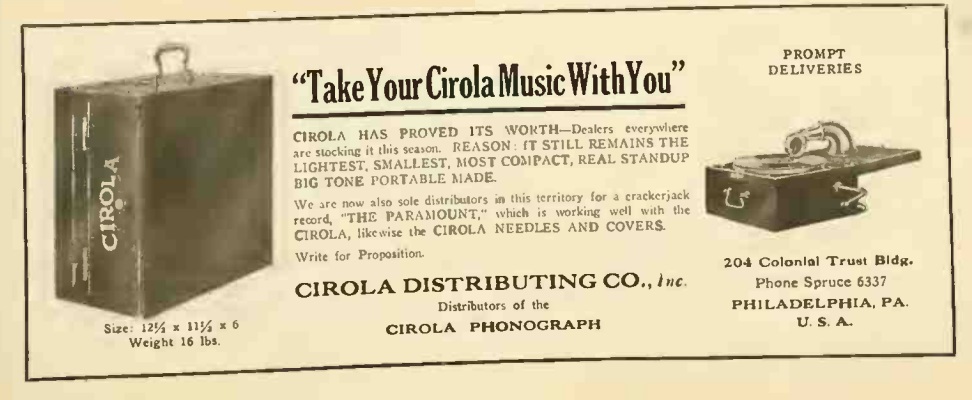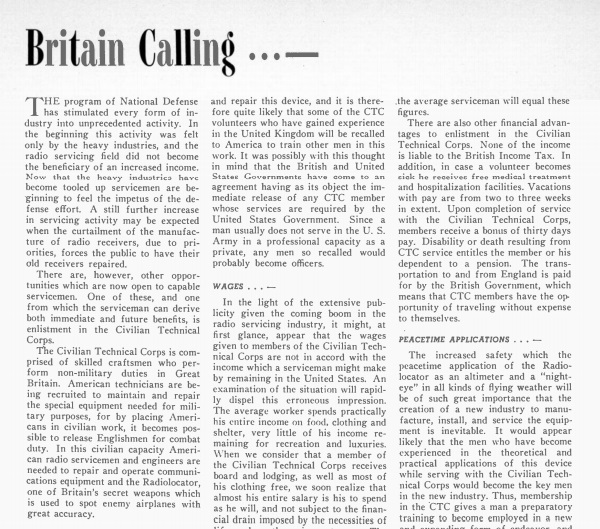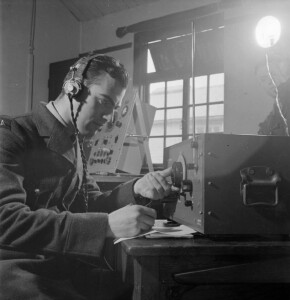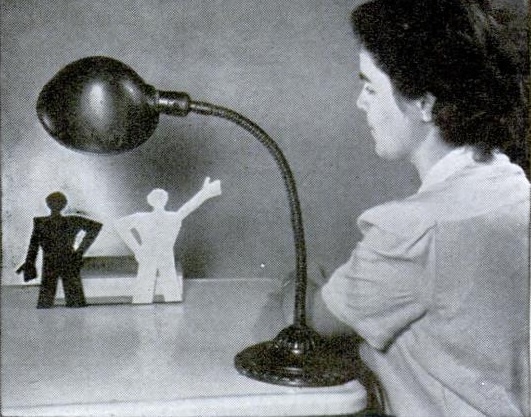 If Junior just remembered that the science fair project is due tomorrow, and it hasn’t even been started, you’ve come to the right place. This last-minute experiment from 80 years ago will prove an important scientific principle, you have everything you need around the house, and the teacher will be suitably impressed at Junior’s ingenuity. The teacher needn’t suspect that the project was put off until the last minute.
If Junior just remembered that the science fair project is due tomorrow, and it hasn’t even been started, you’ve come to the right place. This last-minute experiment from 80 years ago will prove an important scientific principle, you have everything you need around the house, and the teacher will be suitably impressed at Junior’s ingenuity. The teacher needn’t suspect that the project was put off until the last minute.
This project answers the simple question, “what kind of clothing keeps you cooler?” It turns out that it’s light colored clothing. All you need is a couple of pieces of cardboard, a table lamp, and a little bit of wax. If you can’t find any wax around the house, you can always go to the closest all-night supermarket and buy a package of birthday candles.
While you are out buying the wax, Junior should cut out the two small human figures, one from a piece of white cardboard, and one from a piece of black cardboard. If you can’t find any black cardboard, just make the both out of white cardboard and color one with a black magic marker. The arms should be made separately, and the arm is attached with a small drop of wax. If Junior is not old enough to play with matches, then an adult should light the candle and place a drop of wax in the correct spot.
Then, you stand up both of the figures and shine a lamp on them. You want the hottest lamp you can find, so don’t mess around with energy-efficient bulbs.
Eventually, one of the figures will get hot enough that its arm will fall off. Unless the laws of physics have changed in the last 80 years (hint: they haven’t), it will be the one in dark clothing. Junior has proven that you will be cooler if you wear light clothing on a hot day.
The experiment appeared in the August 1941 issue of Popular Science.
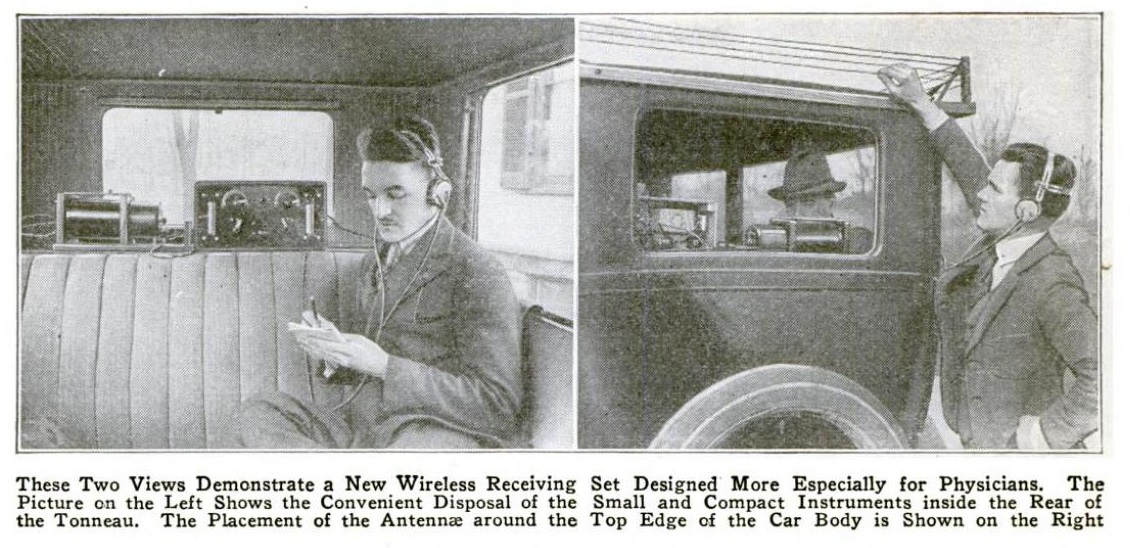 There was a time a hundred years ago when physicians knew Morse code, as shown here in the August 1921 issue of Popular Mechanics. The magazine explained that physicians and others who had to stay in close contact with home could install this wireless telegraph receiving set in their car.
There was a time a hundred years ago when physicians knew Morse code, as shown here in the August 1921 issue of Popular Mechanics. The magazine explained that physicians and others who had to stay in close contact with home could install this wireless telegraph receiving set in their car.

